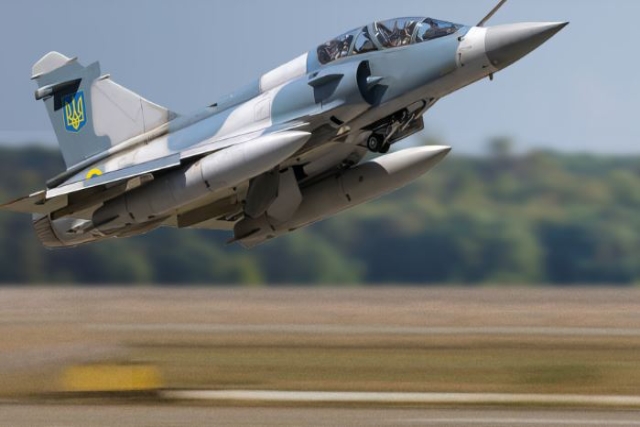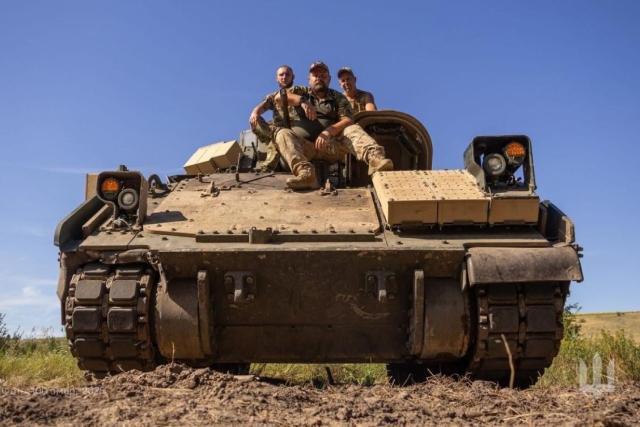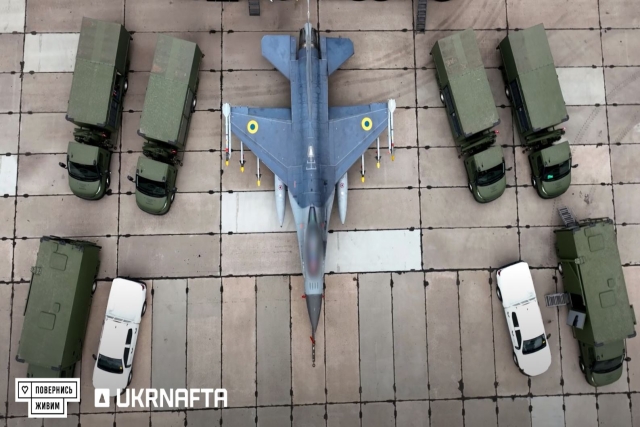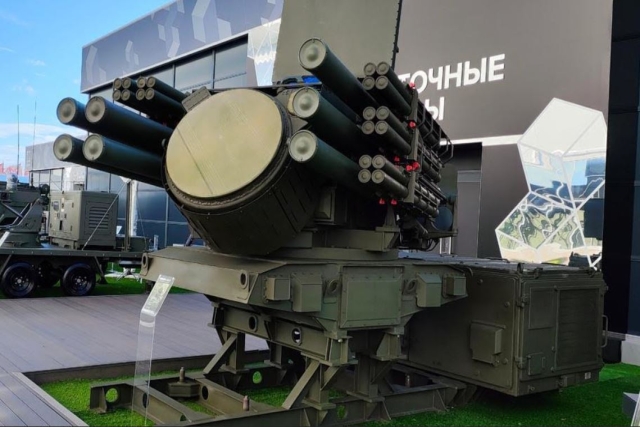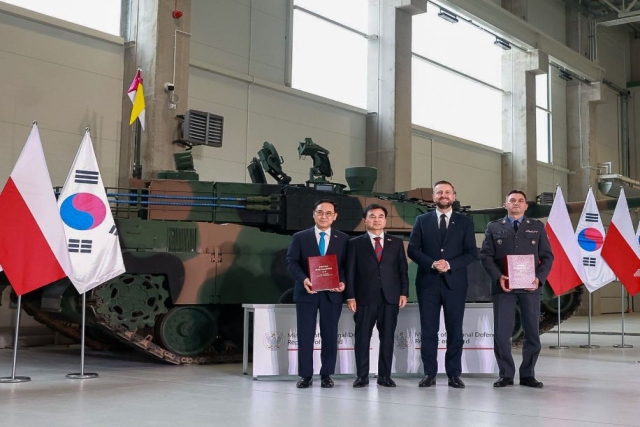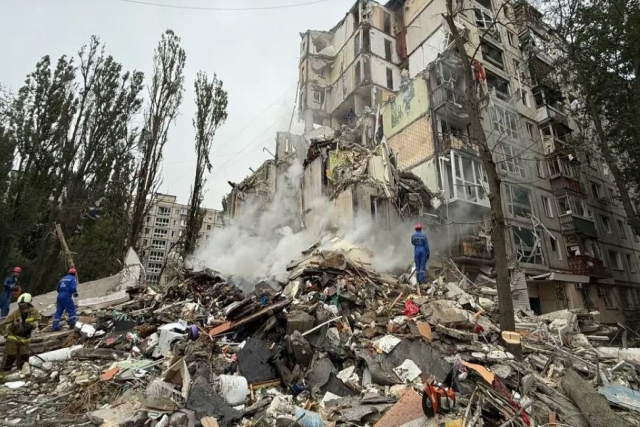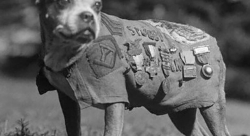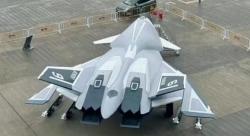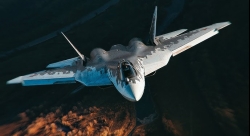Russia Upgrades Iran-Origin Shahed Drones for Stealthier, Deadlier Attacks on Ukraine
Geran drones now fly higher, use mobile networks for guidance, and overwhelm defenses with decoys and incendiary payloads

Russia has sharply escalated its drone campaign against Ukraine using upgraded Iranian-designed Shahed drones, now domestically produced and rebranded as Geran-1 and Geran-2.
These drones, deployed since the full-scale invasion in February 2022, have been heavily modified to make them more lethal and harder to stop.
Fitted with protected 16-channel satellite antennas and 3G/LTE modules, the drones can now navigate in real time via mobile networks even if GPS is jammed. Ukrainian military sources say this dual-navigation capability makes them far more resilient in contested airspace. Operators can guide the drones using mobile networks even if the main navigation fails.
Russia has also doubled the drones’ operating altitude. Once flying at 600 to 1,000 meters, they can now reach 2,000 meters, putting them out of reach of many short-range air defense systems.
Drone assaults intensify
On July 9, Russia launched 728 Shahed-type drones in a single day — the most since the war began. Many were reportedly black-painted for night attacks and packed with upgraded warheads, including incendiary materials designed to ignite fires on impact.
Just days earlier, on July 4, over 550 aerial weapons — including drones and missiles — were fired in a single coordinated strike. Despite most being shot down or jammed, several breached defenses and caused casualties in Kyiv.
Russia is also saturating Ukraine’s airspace with low-cost decoy drones like the Gerbera and Parodya, which mimic the radar and flight signatures of real drones but carry no warheads. Ukrainian officials say these decoys are used to drain munitions and blind air defenses before actual strikes.
As of May 2025, Russia’s drone production has surged to over 5,000 units per month — nearly five times higher than mid-2024. This includes both attack and decoy drones, enabling sustained, high-volume assaults.


